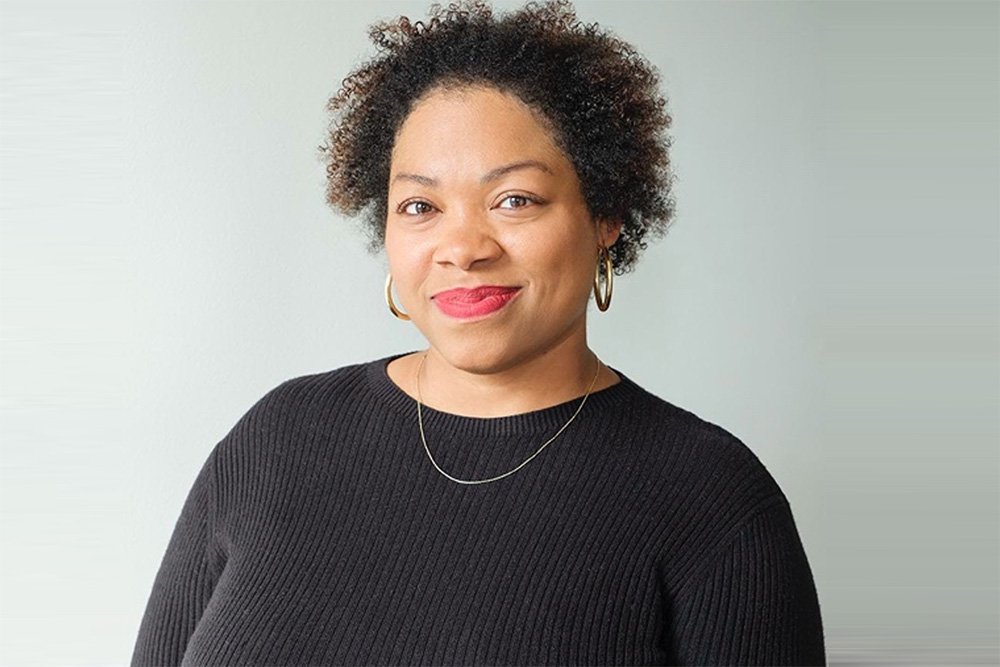In an interview as part of McChrystal Group’s ongoing Senior Advisor Interview Series, Taryn Brymn talks about the evolution of workplace trends, how they rapidly shifted the past few years with the advancement of new technologies and the rise of hybrid work, plus the need to go back to basics to get the most out of teams.
Taryn Brymn most recently led executive programs at Future Forum, a research consortium backed by Slack focused on using data from quarterly surveys of thousands of workers to inform discussions about redesigning work and future of work practices. Previously, Taryn was Director of Programs at G100 Network, where she shaped membership programs for leaders of Fortune 500 organizations.
Q: Your experience working with various organizations must have given you valuable insights into how leaders navigate challenges. Can you share how this shaped your approach?
A: Working across different sectors exposed me to diverse challenges. Looking back, I realize that there's been a thread pulled through every type of professional and even some personal things I do. Whether it was with universities, cultural institutions, or CEOs of global companies, the challenges were similar—people, sustainability, competition. Once you realize these perennial business challenges are industry-agnostic, it's then more about learning from each other.
Not that I am a fortune teller, but I've always been an unofficial student of behavior and connector of people, and in that, you foresee problems and trends. I’ve been able to see the way things are moving and guide conversations with leaders about those topics or how to think about the ways a new challenge or issue is going to affect the organization and team dynamics.
Q: How have workplace trends shifted and evolved over the years since you have been involved in those conversations?
A: Conversations about AI, VR, AR, and machine learning have been going on for years. They were happening a decade ago [among senior executives], but they were so high-level. Our leaders were not taking in the idea of any generative AI then. That wasn't something that was being presented to leaders as “this is happening now [in a tangible way]. How do you address it?” It felt so far away, as any trend tends to be.
It’s easy to think, “This isn’t helping me right now. Why would I really think about it in such concrete terms?” But things are moving so much faster now that there isn’t the lead time that there used to be on these new technologies.
Q: How did you facilitate learning and deep, meaningful conversations among executives from such varied industries and backgrounds?
A: Every organization and leader can learn something from someone else; they just have to be open to doing so. One hundred-plus-year-old companies can learn from startups and vice versa. Relevance and longevity are what you’re seeking, and you need to have some of that innovative, fast-failing, iterative muscle to keep this company afloat for another 100 years. It is so important to have those types of industry leaders in a room together and see that this is the value they can find from each other. Leaders should be seeking out those conversations more often.
Q: Working with executives and organizations at Slack and G100, what stood out to you as a differentiator among high-performing teams?
A: In my experience, the secret sauce is who is on that key decision making team. When I look at the handful of leaders at any organization, the CEO, head of human resources, CFO, or whoever they may be, they aren't making enough decisions together to provide value for all shareholders or stakeholders, whether it's the customers, the clients, the employees, etc.
Decisions are being made, but they can be made in a bit of a silo and without a thoughtful internal communications plan or strategy being a part of it. That can end up disrupting the trust and transparency that you can have within your company.
Q: With the conversation having shifted in recent years, how should leaders be thinking of and viewing their workforce’s productivity?
A: Leaders can shift the focus from counting hours and presence to measuring output and accomplishments. There are so many tools these days to measure productivity and real, meaningful work aside from a timesheet. Come up with a team-level agreement that helps you align on expectations, communication, and working norms. Discuss as a team what success looks like and what that requires from each individual. Implementing accountability measures, such as task completion trackers, can help ensure that work is getting done efficiently. Utilizing project management tools like Slack, Asana, or even Google Sheets can streamline workflows and facilitate collaboration. Regular prompts and updates can keep teams informed and aligned without the need for micromanagement.
Q: Lastly, any predictions for the future of work or trends you see on the horizon?
A: I think this idea of going back to basics is going to happen, and at some places, it is already happening. It's imperative for companies and leaders to take a moment right now and reassess. We’ve spent the last few years in hypergrowth or building new products and all these things to keep the lights on, stay busy, meet earnings, and do new initiatives.
There was a lot of noise and activity, and while they were all important in their own way, I think what we will see from thoughtful leaders is reassessing and asking, “What do we need to do? What is no longer working for us? What can help us get there? How can we make sure that we are doing better today than we did yesterday?"




